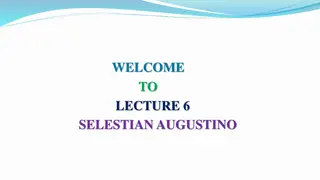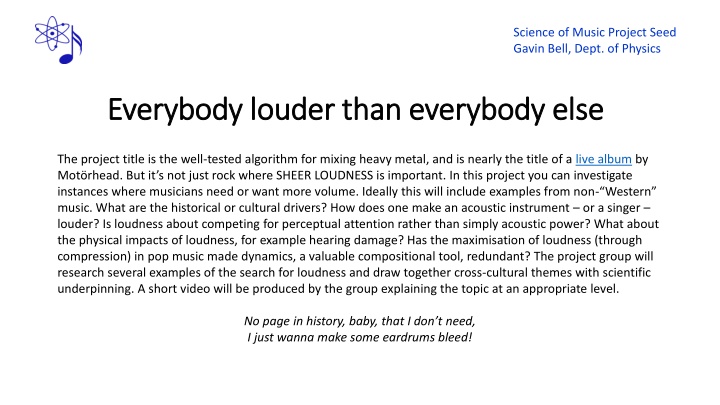
Exploring Music Dynamics Across Cultures and Genres
This project delves into the significance of loudness in music, examining historical, cultural, and scientific aspects. From the search for volume in non-Western music to the impacts of loudness and the role of dynamics in pop music, the group will research and present cross-cultural themes in a short video. Another focus is on modes of limited transposition in compositions, exploring different musical scales and the influence of group theory. Lastly, the project delves into phasing in music, inspired by composer Steve Reich, investigating the notation and performance techniques involved.
Download Presentation

Please find below an Image/Link to download the presentation.
The content on the website is provided AS IS for your information and personal use only. It may not be sold, licensed, or shared on other websites without obtaining consent from the author. If you encounter any issues during the download, it is possible that the publisher has removed the file from their server.
You are allowed to download the files provided on this website for personal or commercial use, subject to the condition that they are used lawfully. All files are the property of their respective owners.
The content on the website is provided AS IS for your information and personal use only. It may not be sold, licensed, or shared on other websites without obtaining consent from the author.
E N D
Presentation Transcript
Science of Music Project Seed Gavin Bell, Dept. of Physics Everybody louder than everybody else Everybody louder than everybody else The project title is the well-tested algorithm for mixing heavy metal, and is nearly the title of a live album by Mot rhead. But it s not just rock where SHEER LOUDNESS is important. In this project you can investigate instances where musicians need or want more volume. Ideally this will include examples from non- Western music. What are the historical or cultural drivers? How does one make an acoustic instrument or a singer louder? Is loudness about competing for perceptual attention rather than simply acoustic power? What about the physical impacts of loudness, for example hearing damage? Has the maximisation of loudness (through compression) in pop music made dynamics, a valuable compositional tool, redundant? The project group will research several examples of the search for loudness and draw together cross-cultural themes with scientific underpinning. A short video will be produced by the group explaining the topic at an appropriate level. No page in history, baby, that I don t need, I just wanna make some eardrums bleed!
Science of Music Project Seed Gavin Bell, Dept. of Physics Quartet for the End of Term Quartet for the End of Term In La technique de mon langage musical, Olivier Messiaen describes the Modes of Limited Transposition and says: Their series is closed, it is mathematically impossible to find others, at least in our tempered system of 12 semitones. If we shift a normal major scale by one semitone, we get a different collection of notes. This can be done 12 times, and all the sets of notes are distinct; the procedure is transposition. Similarly, we can take the C major scale notes, but then start the scale on D. We have generated a mode of the major scale. There are 7 such modes, and the collections of intervals are again all different. Apply these procedures to a different set of starting notes from the major scale: if we get a number of distinct modes less than the number of notes, or equivalently have fewer than 12 distinct transpositions, our collection is a Mode of Limited Transposition. Prove Messiaen s claim to have listed all seven. Compose and record / perform a short piece of music using one or more of these modes. Perhaps use scientific ideas (e.g. group theory) to implement a compositional algorithm. Or, what happens if we break free from the 12-semitone Western system? Microtonal MLTs ?
Science of Music Project Seed Gavin Bell, Dept. of Physics Shift Shift- -work work From the Harvard Brief Dictionary of Music: Imitation. The restatement in close succession of a musical idea (theme, subject, motive, or figure) in different voice parts of a contrapuntal texture. The simplest imitation is to simply repeat a musical phrase; when singing a round this is precisely what happens, with just a delay in the start each repetition. One can easily think of this as a phase shift . But what happens when two musical phrases are of different length? As they are repeatedly played, they should then move in and out of phase, i.e. the phase shift continually changes these ideas were explored by composer Steve Reich among others. In this project you will make and perform / record some music which explores phasing in composition. How should such music be notated (look at some Reich scores)? Computers are great at playing this sort of stuff, but do we lose some elasticity compare to human players? How do these ideas relate to the pulse structures of African drumming?
Science of Music Project Seed Gavin Bell, Dept. of Physics Alvin has left the room Alvin has left the room I am sitting in a room different from the one you are in now. I am recording the sound of my speaking voice and I am going to play it back into the room again and again until the resonant frequencies of the room reinforce themselves so that any semblance of my speech, with perhaps the exception of rhythym, is destroyed. What you will hear then are the natural resonant frequencies of the room articulated by speech. I regard this activity not so much as a demonstration of the physical fact but more as a way to smooth out any irregularities my speech might have. The composer Alvin Lucier died in December 2021. One of his most famous works is I Am Sitting in a Room. The phrase spoken in this piece describes the algorithm for constructing the music. [Is this a Strange Loop, in the terms of G del, Escher, Bach?] You might repeat this algorithm in different rooms and with different original sounds. Do different sound-seeds grow to the same frequency spectrum? Is it the room or the sound system? Can we speed up convergence a bit by adding a little reverb in the play-back? We have the all gear you need to do this: mixer, microphone, P.A. system. You will make some Proper 1960s Avant-garde Music.



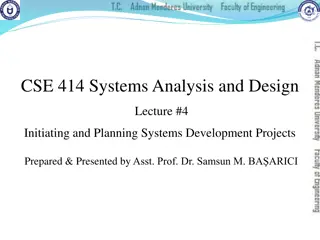


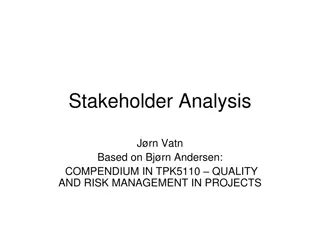




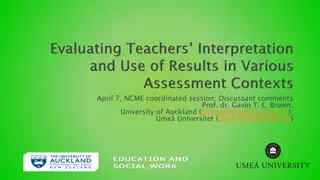

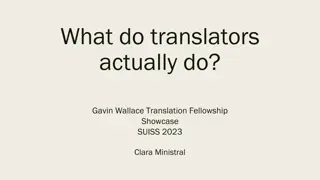




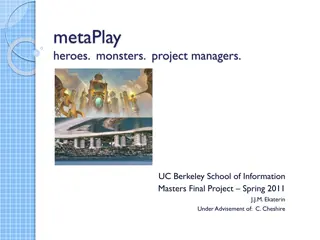
![Project Initiation Document for [Insert.Project.name] [Insert.Project.number]](/thumb/226757/project-initiation-document-for-insert-project-name-insert-project-number.jpg)
